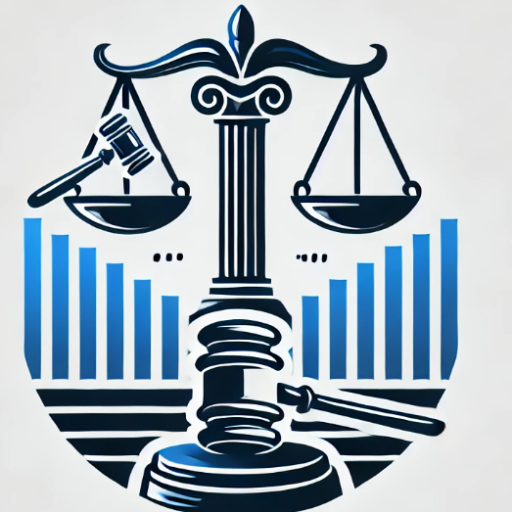Securing a trademark is more than just registering a logo or a name. It involves strategic planning, legal knowledge, and careful execution. Businesses invest heavily in their brands, and protecting these assets is crucial. A trademark litigation lawyer plays a central role in ensuring that a brand’s identity remains exclusive and legally protected. Their work spans from research to courtroom representation, making the path to secure trademark rights structured and effective.
Conducting Comprehensive Trademark Research
A trademark litigation lawyer begins by conducting thorough research to understand the trademark landscape. This research identifies potential conflicts with existing marks and assesses the likelihood of approval. Lawyers check databases, review international trademarks, and consider similar-sounding or visually similar marks. By starting with research, the lawyer ensures that clients avoid future disputes and strengthens the foundation for securing rights. Comprehensive research is the first step a trademark litigation lawyer takes to protect a client’s brand.
Assessing Legal Risks and Potential Conflicts
After research, a trademark litigation lawyer evaluates the legal risks associated with registering or using a mark. This includes analyzing prior trademarks, business sectors, and geographic markets. Lawyers identify potential infringement issues and develop strategies to minimize risk. Early risk assessment helps prevent costly lawsuits later. By carefully evaluating conflicts, a trademark litigation lawyer ensures that the client’s trademark rights are positioned for long-term security.
Drafting and Filing Strong Trademark Applications
One critical task a trademark litigation lawyer handles is drafting and filing the trademark application. The application must be precise, complete, and compliant with legal standards. Lawyers carefully describe goods and services, select the correct classes, and include supporting documentation. Proper filing reduces the likelihood of objections and increases the chances of approval. Drafting and filing are essential steps where a trademark litigation lawyer applies expertise to secure the client’s brand legally.
Handling Opposition and Infringement Disputes
Trademark disputes are common, and a trademark litigation lawyer plays a key role in addressing them. If another party opposes a trademark application or infringes on an existing mark, lawyers take immediate action. They negotiate settlements, file responses, or represent clients in court. Effective handling of disputes ensures that a brand maintains its exclusivity. Managing opposition and infringement claims is where the experience of a trademark litigation lawyer truly safeguards a client’s trademark rights.
Monitoring and Enforcing Trademark Rights
Securing a trademark is not a one-time task. A trademark litigation lawyer also monitors the market for potential infringements. This involves regular checks, legal notices, and enforcement actions when necessary. Active monitoring prevents unauthorized use and protects the brand’s reputation. Continuous enforcement is a crucial step a trademark litigation lawyer takes to maintain and secure trademark rights over time.
Advising on Licensing and Brand Expansion
Beyond protection, a trademark litigation lawyer advises clients on licensing agreements and brand expansion. Proper licensing ensures legal compliance and protects trademark value. Lawyers draft contracts, define usage terms, and prevent unauthorized exploitation. This proactive approach supports business growth while keeping trademark rights secure. Advising on licensing is another way a trademark litigation lawyer strengthens the overall strategy for brand protection.
Conclusion
Securing trademark rights requires more than registration. It demands careful planning, expert legal guidance, and ongoing vigilance. From research to filing, dispute resolution, and enforcement, a trademark litigation lawyer ensures that a brand remains protected and exclusive. Businesses that work closely with skilled lawyers not only safeguard their trademarks but also reinforce the long-term value and credibility of their brand.




